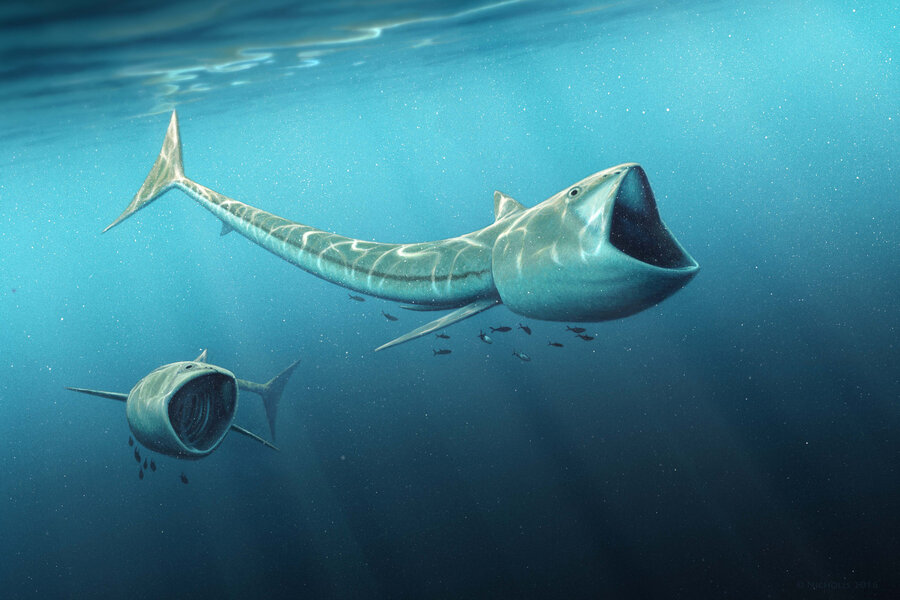Muppet-faced ancient fish had trick jaws and a taste for plankton
Loading...
A international team of researchers have discovered two new species of ancient fish.
The newly discovered fossils appear to belong to previously unseen varieties of the genus Rhinconichthys, believed to have inhabited the oceans of the Cretaceous Period, about 92 million years ago, when dinosaurs roamed the Earth.
Rhinconichthys are extremely rare, bony and large-mouthed fish, and previously known by a single species from England. But now the number of that species has tripled, thanks to a new skull discovered in Colorado (R. purgatoirensis) and a reexamined skull from Japan (R. uyenoi).
“I was in a team that named Rhinconichthys in 2010, which was based on a single species from England, but we had no idea back then that the genus was so diverse and so globally distributed,” Kenshu Shimada, the study author, and paleobiologist at DePaul University said in a statement.
“We now have three different species of Rhinconichthys from three separate regions of the globe, each represented by a single skull. This tells us just how little we still know about the biodiversity of organisms through the Earth’s history. It’s really mindboggling.”
The two new species of Rhinconichthys join their English counterpart on the tree of life in the broader group of prehistoric bony fish known as pachycormids. The discoveries add to scientists knowledge of ancient suspension-feeding fish that subsisted entirely on plankton.
Professor Shimada estimates that the fish may have measured more than six feet long. Fueling that size of fish on tiny plankton alone required an unusual adaptation, he says. A unique pair of bones, known as hyomandibulae and found in the skull, likely enabled the fish to open its mouth extra wide to maximize the amount of plankton consumed in a single gulp of water.
The new study, "Highly specialized suspension-feeding bony fish Rhinconichthys (Actinopterygii: Pachycormiformes) from the mid-Cretaceous of the United States, England and Japan," will appear in the forthcoming issue of the international scientific journal Cretaceous Research.
The research team includes Bruce Schumacher from the United States Forest Service who discovered the new specimen. It also includes researchers, Jeff Liston from the National Museum of Scotland and Anthony Maltese from the Rocky Mountain Dinosaur Resource Center.







